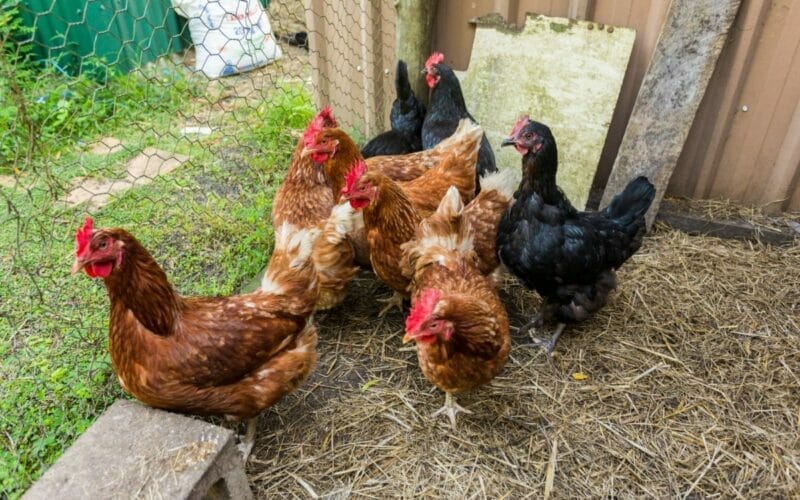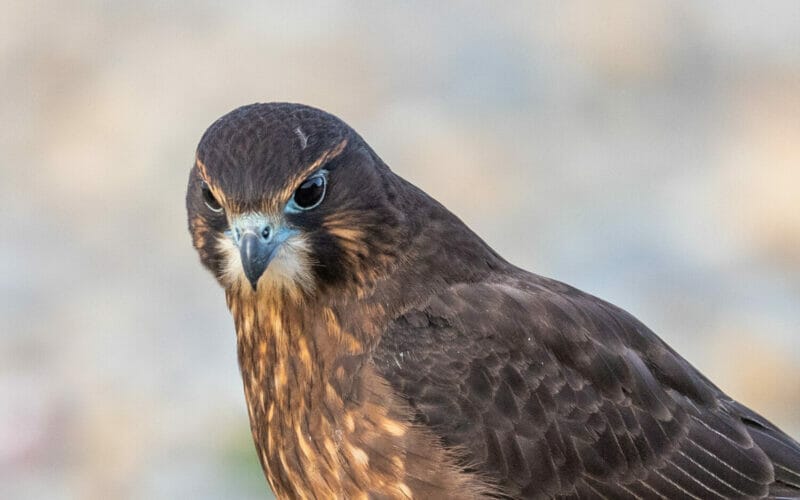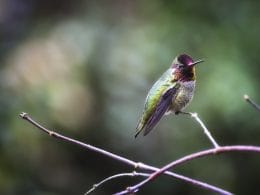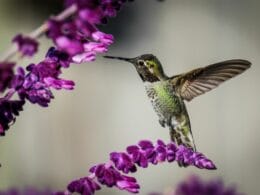I simply love hummingbirds! These amazing creatures are some of the strangest and most wonderful creatures I have ever seen. There is nothing I love more than seeing one in my garden hunting for insects, berries and seeds.
But how can you encourage them into your garden?
Well, one of the best methods of doing this is to lay out the right food in your bird feeder. But getting the food and the time of day right is very important. Through trial and error, I have made many mistakes and learned many lessons. Now I can impart some of my wisdom to you.
So, when is the best time of year to put out your feeder for a hummingbird? How much feed should you put in? Can you make your own hummingbird feed?
Well, I’ve taken all the important information so you can have the best chance of having this amazing bird pay a visit to your backyard.

What is a hummingbird?
A hummingbird is one of the most unique-looking birds in the animal kingdom.
The main feature of the hummingbird is the exceedingly long beak that it uses to drink nectar straight out of the flower while it is still flying.
This bird has one of the highest wing speeds and metabolic rates of any bird. They conserve energy by taking periods of deep sleep (a mini hibernation process) during the winter months. This is only the birds that stay north, of course. No-one needs to hibernate in the warmths of Mexico!
The male hummingbird will often not take part in the nesting process, the female alone will mold the nest into the shape of a cup. The size of this nest will vary depending on the species, although it will on average be no larger than half of a walnut shell.
In the wild, hummingbirds have a few predators that include praying mantises, treefrogs, spiders, and orb-weavers.
When is the best time of year to feed hummingbirds?
The springtime is when the first few migrating hummingbirds might turn up in your area.
We would recommend getting your feeders out around the middle of March. If you live in more northern states or Canada, then you might want to leave it until early April. However, if you live along the Gulf Coast, then the migrating birds might arrive a lot quicker in your area, so you might want to put your feeders out at the beginning of March.
You’ll need to make sure that your feeders are kept clean and topped up during the entirety of the summer.
You can take them down during October when most hummingbirds migrate to warmer climates.
What do hummingbirds feed on?

If you are putting the right food in your feeders, then a hummingbird could sustain itself for the whole season.
Most hummingbirds feed on nectar, which is essentially a sugar and water solution. Hummingbirds also eat things like insects, beetles, ants, mosquitos, wasps, gnats and aphids. It will often use its long beak to sheer the insects before consuming them.
But how can you create your own nectar substitute for hummingbirds to feed on? Well, I’ve experimented with a few different ingredients, and I think I’ve finally nailed the perfect hummingbird sweet treat.
How to make your own hummingbird nectar
Here is a step-by-step guide to making your own hummingbird sugar water feed:
Ingredients:
- Table sugar (avoid using honey)
- Water (around 4 cups)
Make sure when you are mixing your ingredients that you don’t use an aluminum saucepan as this will affect the flavor of the final mixture and put the hummingbird off.
Try and use stainless steel or glass to heat your water.
1. Boil 4 cups of water in your receptacle.
2. Add around 1 cup of sugar.
3. Stir your water and sugar, keeping it bubbling over a simmering heat. Keep stirring until the solution has completely mixed.
4. Allow the mixture to cool.
That’s it! It really is that simple. You should always try and use real table sugar as opposed to artificial sweeteners. The rule is: the more natural the ingredients, the better.
Place your sugar and water solution into feeders that have been cleaned thoroughly.
Make sure that the hummingbird’s beak has access to the water inside and can drink it unobstructed, just like it would in the natural world. If you have any surplus mixture, then you can store it in the refrigerator.
You can store your mixture for around 2 weeks before you discard it. However, you will have to regularly check for mold, as this can commonly affect your sugar water mix.
There are many people that freeze the solution, as it will keep for much longer. Again, if you are doing this, make sure that it does not go cloudy when you thaw it.

How should I maintain my hummingbird feeders?
There are some methods of keeping your feeders in tip-top condition so that they will be appealing to birds of all different shapes and stripes.
Here are a couple of tips for feeder maintenance:
- Keep it light in the early season – when you are putting your feeders out during the mid-March period, then try not to use too much of your sugar-water solution, as there will be a lot fewer hummingbirds in the area.
- Change regularly – you’ll want to keep switching and cleaning your sugar water beakers regularly, especially during the hot weather when mold and other bacteria can grow.
- Monitor your feeder – checking your feeder during the morning and the evening will be the best way to gauge how much of your solution is being consumed. Part of the reason why you’ll have a feeder is to coax these beautiful birds so you can watch them, that’s why I do it!
Final Thoughts
I hope that my guide to feeding hummingbirds draws them into your backyard as it did with mine.
Just make sure that you are putting your feeder out at the start of the season and are checking it regularly for mold.
You don’t want to hurt these lovely birds!

FAQ
Hummingbirds actually have no sense of smell. They are attracted to flowers by their colors and red is the most popular. Simple!
It should be high enough to deter climbing critters, far enough away from trees to stop squirrels and not in a place that gets direct sunlight all day as the sugar water will heat up and spoil.
Your feeder is not an island. Other local environmental factors will affect whether hummingbirds will come to your feeder. Some communities work together to provide lots of feeders.
Yes, hummingbirds remember where they found food and will return to that place year after year.










